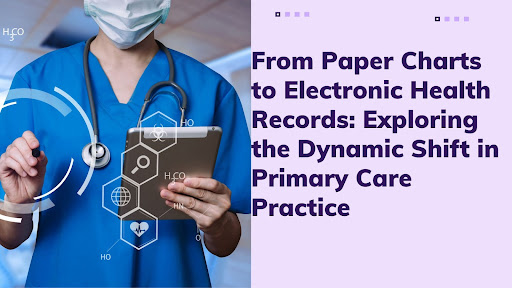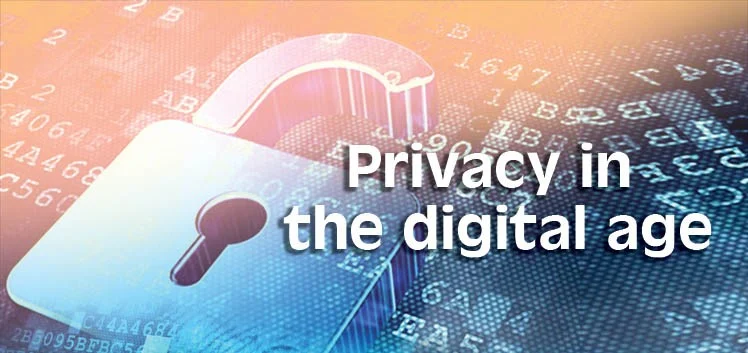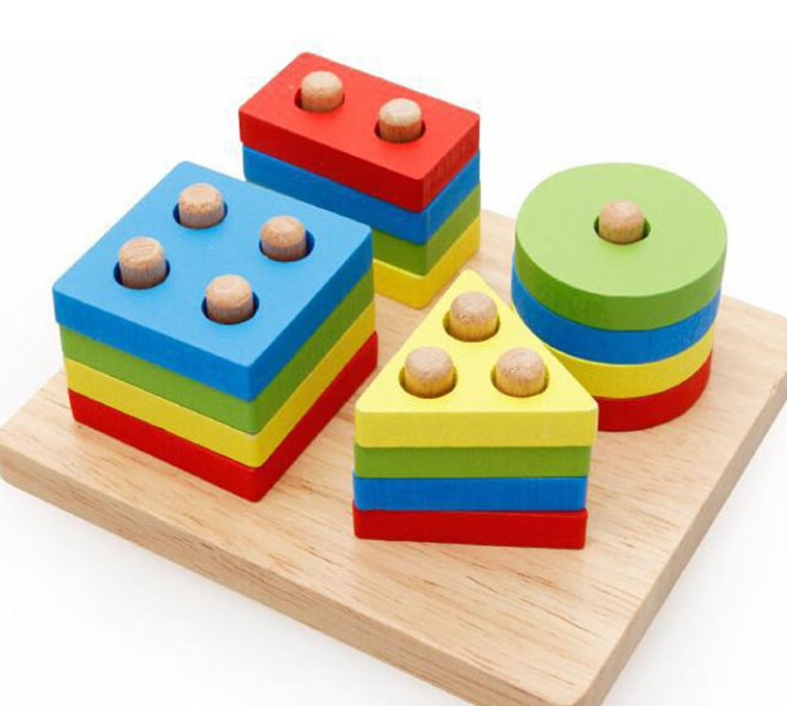The world has witnessed a dynamic shift in primary care practices from paper charting to electronic health records (EHR). This has created a new means of delivering healthcare services and improved patient outcomes.
While paper charting was previously the standard in primary care, the use of EHRs has allowed for:
- Greater portability
- Greater security of patients’ health information
- Improved efficiency and accuracy of medical documentation
As such, this shift in practice has transformed the face of healthcare, providing a more efficient and effective approach to care. Electronic health records grant health care professionals the ability to share information between providers and patients and bears testimony to the need of why primary care practices today are increasingly becoming digitized.
The Need to Transition From Paper to Digital Records
Paper Records Are Prone to Errors
Due to the fact that healthcare clinics see a lot of patients, the volume of medical records can be large. Imagine putting all this information on paper. There can be lapses. For example, there could be a patient who is scheduled for a check-up but was not reminded or a missed appointment that was not recorded.
There can also be missed medication if the staff was not able to write everything down. By digitizing healthcare records, we can hope to minimize errors. The system can remind them that a patient is due for a check-up. They can also check if all the medicine has been given to the patient with the lab management software.
Paper Records Are Not Secured
Patient privacy must be observed at all times. This is because patients have the right to determine who can access their private medical records.
The medical field has the biggest responsibility as far as medical records go – security. All the sensitive and personal information of patients must be safeguarded. With the transition to digital records, patients can be confident that their records are kept confidential.
Digital health records enable doctors offices to monitor who has access to the records, adjust the level of permission for different individuals and diminish the chances of data loss. With these cutting-edge benefits, medical staff can ensure maximum security and accuracy thereby truly revolutionizing patient care!
Digitized health records ensure that a patient’s medical data is safe, secure – and easily accessible. Patients no longer have to worry about misplacing important papers, nor do physicians need to sift through countless notes just to find one record. With just a few clicks on their computer they can access all the information they need making things simpler and stress-free!
What Tips Can Help a Clinic Shift From Paper to Digital Health Records?
The transition from paper to digital records does not happen overnight. Since the change would be new to everyone, it is gradual. It would be better if there would be tips to be followed. This ensures that all the staff and specialists are not overwhelmed by the shift.
According to statistics, 86% of the non-federal hospitals have adopted the 2015 certified electronic health record. Let us now discuss some of the tips that could help a hospital or a clinic in adapting a digital health record for its patients.
Formulate a Plan
The first tip that could help you is to communicate. In the healthcare industry, there must be communication between the primary care doctor, clinic staff, and patients. It is imperative that everyone involved in the medical care of the patient is on the same page of communication.
This will ensure that everyone is aware of the changes once roll out commences. Conflicts would be avoided if the shift from paper to digital records is properly communicated.
Decide What Data to Be Kept
When transitioning from paper charts to electronic health records (EHRs) in a primary care practice, it is important to decide which data should be kept in the new system. The medical record should include a complete medical and surgical history, test results, current symptoms and treatment pla
Finally, the EHR should have informatics for data management including reports, billing software systems, and secure storage of the chart. Keeping this detailed information in an electronic system makes it easier for doctors and other care providers to access patient histories quickly, allowing for improved overall care.
Train The Staff
It is essential to provide comprehensive training and communication during the transition in order to ensure that staff members are comfortable and confident in their use of the technology.
This could include interactive in-person training, online sessions with virtual classroom technology, printed documentation such as reference guides, or video demonstrations
When the staff are trained and familiar with the system, the workflow would be more smooth. They can attend to patients faster. It would increase their productivity.
Evaluate Staff Performance and Provide Feedback
When making the shift from paper to digital records, practices must understand the importance of staff education and support—to ensure successful implementation and use of the new system. Regular check-ins, individualized training, and recognition of good performance can help bring team members up to speed and ensure they are confident in using the new system.
You can conduct tests to see whether the staff are ready or not. Doing these tests can increase the confidence of the staff in their skills in using the EHR system. If there are areas that seem to be lacking, you should give feedback. With constant training and feedback, they would be able to provide quality healthcare using the EHR system in no time.
Wrapping Things up
Technology has made bringing quality healthcare to patients easier. Clinics and hospitals would not need to search through a pile of papers just to find the record they need.
With the help of electronic health records, they can access their records in an instant. They would be able to provide the information the primary care physician needs in a snap. There would also be less room for errors and records would be more secure. This can increase the trust the patients have in the clinic.
EHRs have truly revolutionized primary care practice. They have brought in as a consequence improved patient care and experience. Starting with faster information-sharing leading to quicker diagnoses to a paperless system that reduces clutter, electronic health records are changing the face of primary healthcare in a positive way. Due to the fact that they facilitate collaborative care, eliminate errors, and improve access to medical records, these systems are providing an innovative solution to managing our health and wellbeing.
Frequently Asked Questions
What Are the Issues With Paper Health Records?
- Paper records are prone to errors
- Paper records are not that secured
What Are Tips That Can Help a Clinic Transition From Paper to Digital Health Records?
- Develop a communication plan to make all the people affected with the change aware
- Determine what data are important
- Conduct training for staff to operate the new EHR system
- Evaluate and give feedback during training











